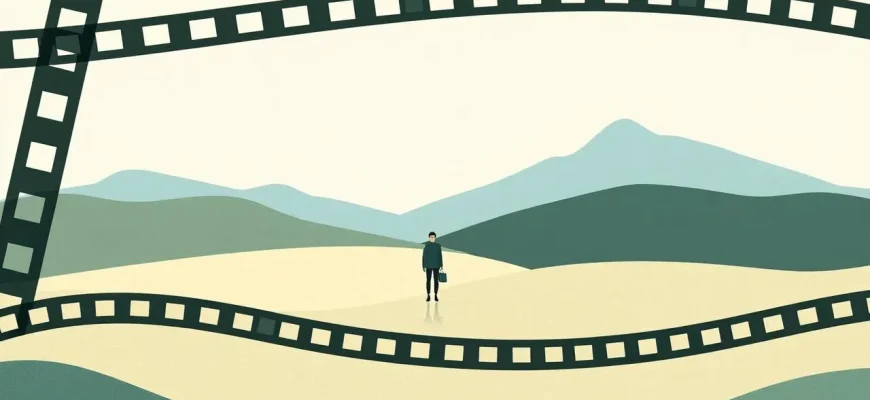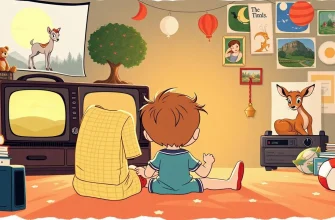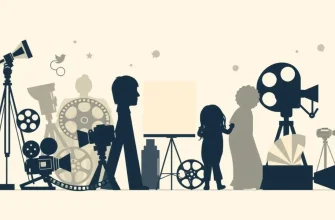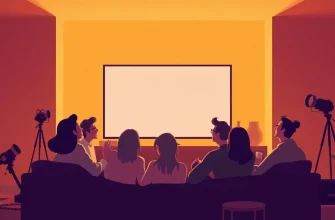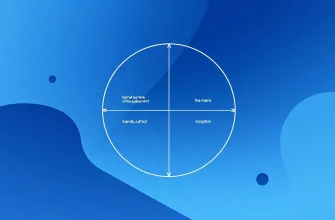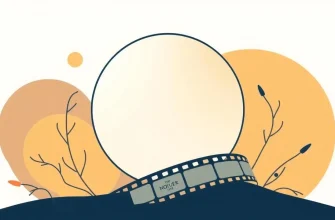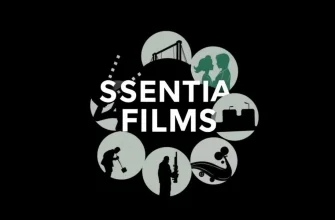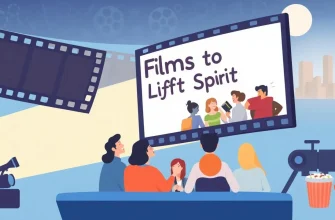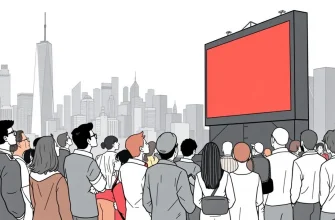In a world where instant gratification often reigns supreme, there's something uniquely rewarding about films that take their time to unfold. This collection of the best slow-burn films offers viewers a chance to engage with stories that develop at a measured pace, allowing for deeper character development, intricate plots, and a more profound emotional impact. These films are not just about the destination but the journey itself, making them perfect for those who appreciate the art of storytelling in its most patient form.

The Straight Story (1999)
Description: David Lynch's gentle road movie about an elderly man's journey on a lawnmower to reconcile with his estranged brother is a testament to the power of slow, deliberate storytelling.
Fact: This is one of the few Lynch films rated G, and it was inspired by a true story.
 Watch Now
Watch Now
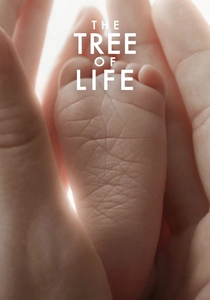
The Tree of Life (2011)
Description: Terrence Malick's meditative masterpiece explores the complexities of existence, family dynamics, and the passage of time through a visually stunning narrative that unfolds like a dream.
Fact: The film was shot over several years, with some scenes filmed in 2008 and others in
 Watch Now
Watch Now

Certified Copy (2010)
Description: Abbas Kiarostami's exploration of art, authenticity, and relationships unfolds in real-time, with its slow pace allowing for a deep dive into philosophical questions.
Fact: The film was shot in Italy, and it was Kiarostami's first feature film made outside of Iran.
 Watch Now
Watch Now

The Headless Woman (2008)
Description: Lucrecia Martel's film about a woman who might have accidentally killed someone is a study in ambiguity and perception, with its slow, deliberate pace enhancing the film's tension.
Fact: The film was shot in a way that mirrors the protagonist's disorientation, with many scenes shot from her point of view.
 Watch Now
Watch Now
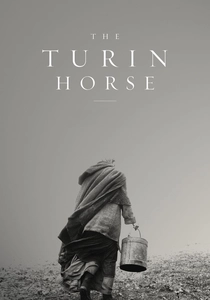
The Turin Horse (2011)
Description: Béla Tarr's final film is a bleak, repetitive tale of a farmer and his daughter, whose lives are depicted in long, static shots, reflecting on the futility and monotony of existence.
Fact: The film was shot in just 30 takes, with each take lasting around 10 minutes, showcasing Tarr's unique filmmaking style.
 Watch Now
Watch Now

The Master (2012)
Description: Paul Thomas Anderson's enigmatic film delves into the relationship between a World War II veteran and a charismatic cult leader, unfolding with a deliberate pace that mirrors the characters' internal struggles.
Fact: The film was inspired by the life of L. Ron Hubbard and the Church of Scientology, though Anderson insists it's not a direct biopic.
 Watch Now
Watch Now
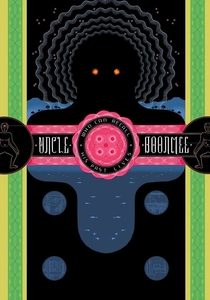
Uncle Boonmee Who Can Recall His Past Lives (2010)
Description: Apichatpong Weerasethakul's Palme d'Or winner is a serene exploration of reincarnation and memory, unfolding at a pace that allows viewers to immerse in its mystical atmosphere.
Fact: The film was shot in the director's hometown, and it blends documentary elements with fiction.
 Watch Now
Watch Now
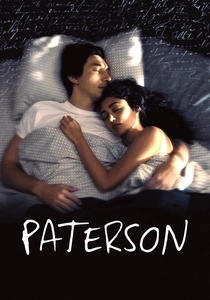
Paterson (2016)
Description: Jim Jarmusch's film follows a bus driver and poet named Paterson, whose life is filled with routine yet rich with subtle beauty and introspection, making it a perfect example of slow cinema.
Fact: The film was inspired by the life and work of poet William Carlos Williams, who wrote about Paterson, New Jersey.
 Watch Now
Watch Now
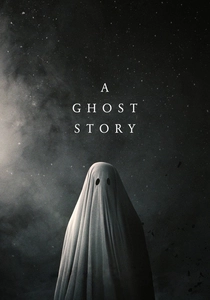
A Ghost Story (2017)
Description: David Lowery's film about a ghost haunting his former home is a poignant meditation on love, loss, and time, with its slow, contemplative pace allowing for a deep emotional resonance.
Fact: The film was shot in just 12 days, and the ghost costume was made from a simple bed sheet.
 Watch Now
Watch Now

The Son (2002)
Description: The Dardenne brothers' film about a carpenter who takes in a troubled youth is a masterclass in minimalistic storytelling, where every gesture and glance carries weight.
Fact: The film was shot in sequence to capture the natural progression of the characters' emotions.
 30 Days Free
30 Days Free

